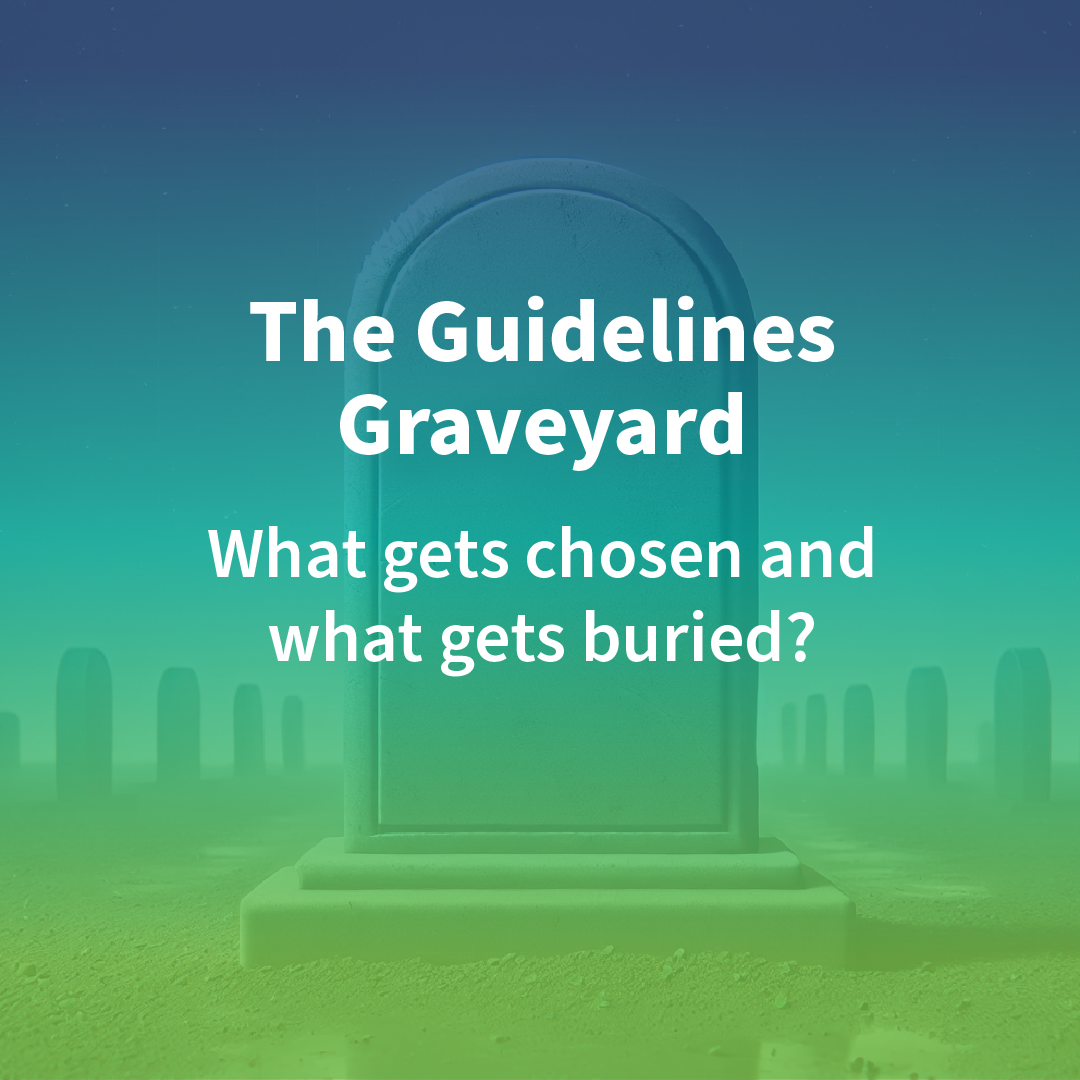The Guidelines Graveyard: What gets chosen, what gets buried?

On November 14, 2024, ILCOR released their latest recommendations for adult and pediatric basic and advanced life support. There’s a lot to unpack, and I’ll be highlighting the key changes during our upcoming Handtevy Instructor webinar. Don’t miss out—Register Now for an in-depth review.
What consistently intrigues me about these guidelines is how the recommendations are determined: which studies make the cut, which are set aside, and which never see the light of day. Some of you may remember my concerns with the 2020 update, particularly the recommendation to increase the pediatric ventilation rate from 10 breaths per minute to 20–30 breaths per minute. This dramatic shift was based on a small, 47-patient observational PICU study in which nearly every surviving patient had an “arrest rhythm” of symptomatic bradycardia. Yet at the same time, despite the large-scale Holmberg study involving over 6,000 patients suggesting potential harm, epinephrine remained part of the pediatric symptomatic bradycardia protocol. That study went to the graveyard and will likely never be repeated.
This raises an important question: of all the studies considered, why do so few truly shape our guidelines, and what happens to the rest? Consider the 2024 review of “Optimizing Dispatcher-Assisted CPR”—a critical link in the chain of survival. For this update, ILCOR examined 31 studies spanning six areas of interest. Many showed positive trends, yet because each specific area had fewer than three supporting articles, ILCOR declined to make any definitive statements about their effectiveness. The result? These potentially impactful studies may never gain the attention they deserve, and dispatch systems remain under no obligation to implement best practices. By now, you can see the pattern.
We don’t have to let these studies fade into obscurity. As EMS leaders, it’s our responsibility not only to examine the research ILCOR uses, but also to critically evaluate the studies that don’t make the final cut. EMS is a unique subspecialty within medicine, and we owe it to our patients—and to ourselves—to dig deeper. By independently reviewing and applying evidence that might otherwise be overlooked, we can drive better care and stronger protocols, forging ahead where official guidelines hesitate.
Don’t forget: the guidelines are there to GUIDE us, but our informed judgment as EMS professionals must light the way forward. Let’s not allow good research to go to waste. Together, let’s continue doing the work and fight for changes that truly matter.

Peter Antevy, MD
DISCLAIMER: These links are provided for research and do not have affiliations with Handtevy.

